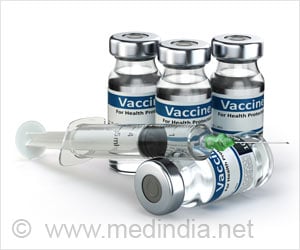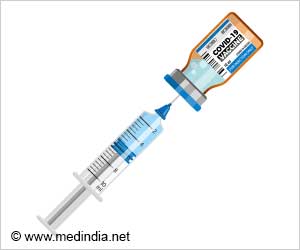Hysterectomy is a commonly performed in nonpregnant women. Doctors are prescribing nearly twice the number of opioids that is required after a hysterectomy.
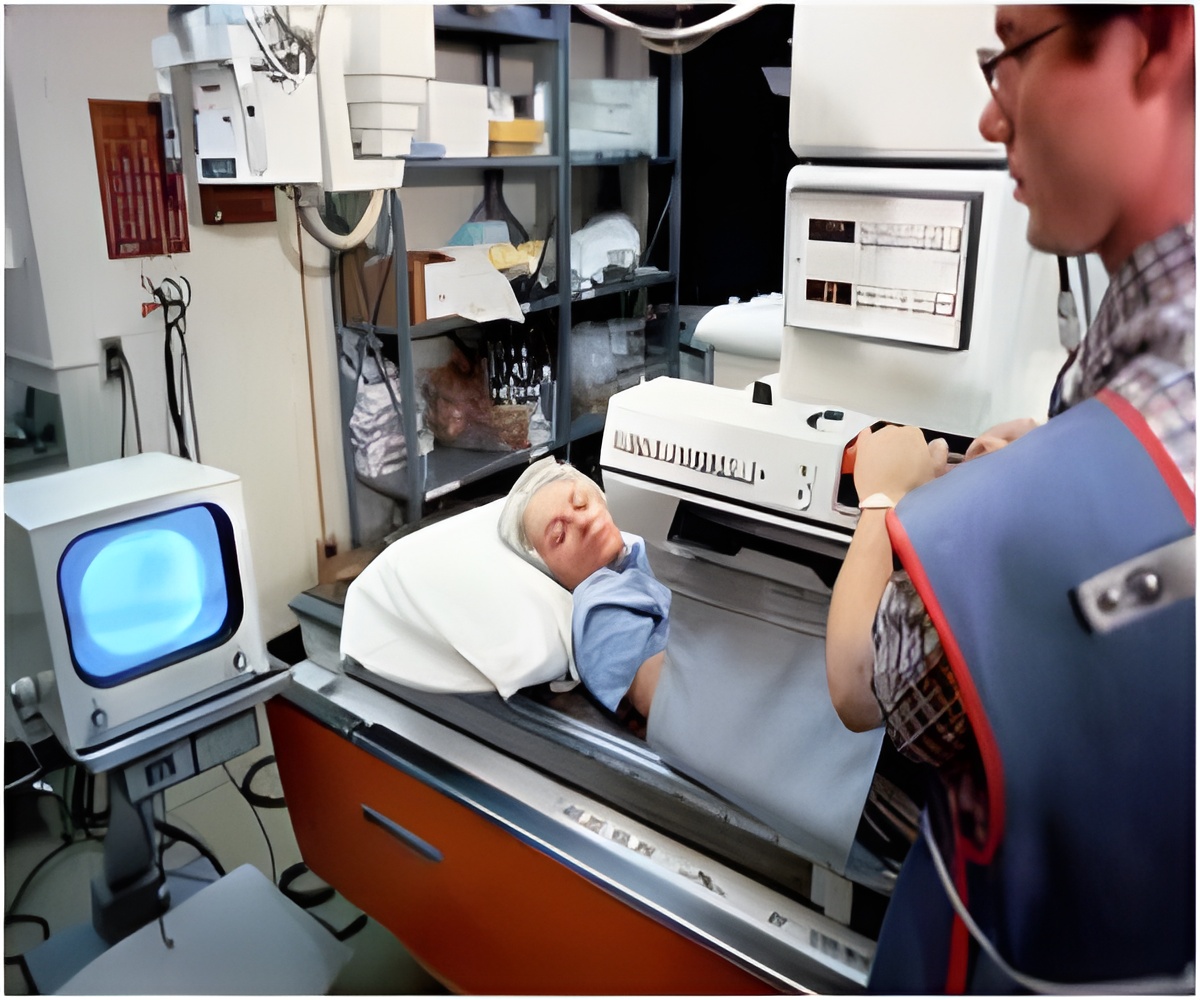
TOP INSIGHT
By educating both patients and surgeons involved with gynecologic procedures, the amount of excess opioids in the community can be reduced without harming patients.
"Our findings confirm that within our specialty there is a similar patterns of opioid prescribing as we are seeing in other surgical populations. We found that a small but meaningful portion of patients did not need any opioids after hysterectomy and most were given far more opioids than they said they used."
The study included 102 participants, each receiving either a laparoscopic (44, or 43.1%), vaginal (42 41.2%) or abdominal (16, or 15.7%) hysterectomy. Patients reported opioid consumption two weeks after hysterectomy through telephone surveys and written documentation.
Overall, 97 percent of women reported adequate pain control, and 40 percent felt that they received more opioids than needed after surgery. Several individual patient characteristics, such as chronic pain elsewhere in the body prior to surgery, were associated with higher than average opioid use after hysterectomy.
Among gynecologic procedures, hysterectomy is the most frequently performed surgery, second only to Caesarian. Roughly 600,000 hysterectomies are performed a year in the U.S. As-Sanie notes that it’s important for doctors to take a personalized approach when prescribing opioids after hysterectomy.
"These studies will help us better understand what each patient needs for adequate pain management after these procedures."
As-Sanie collaborated on the recent study with senior author Chad Brummett, M.D., one of Michigan-OPEN’s leaders and director of the Division of Pain Research in the U-M Department of Anesthesiology.
"By educating both patients and surgeons involved with gynecologic procedures, we can significantly reduce the amount of excess opioids in the community without harming patients," As-Sanie says.
Source-Medindia
 MEDINDIA
MEDINDIA
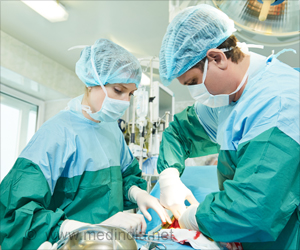

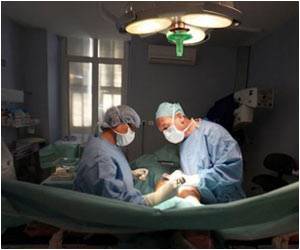
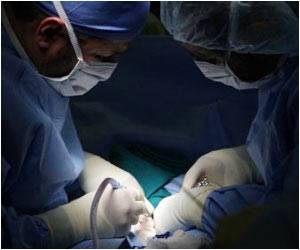
 Email
Email









